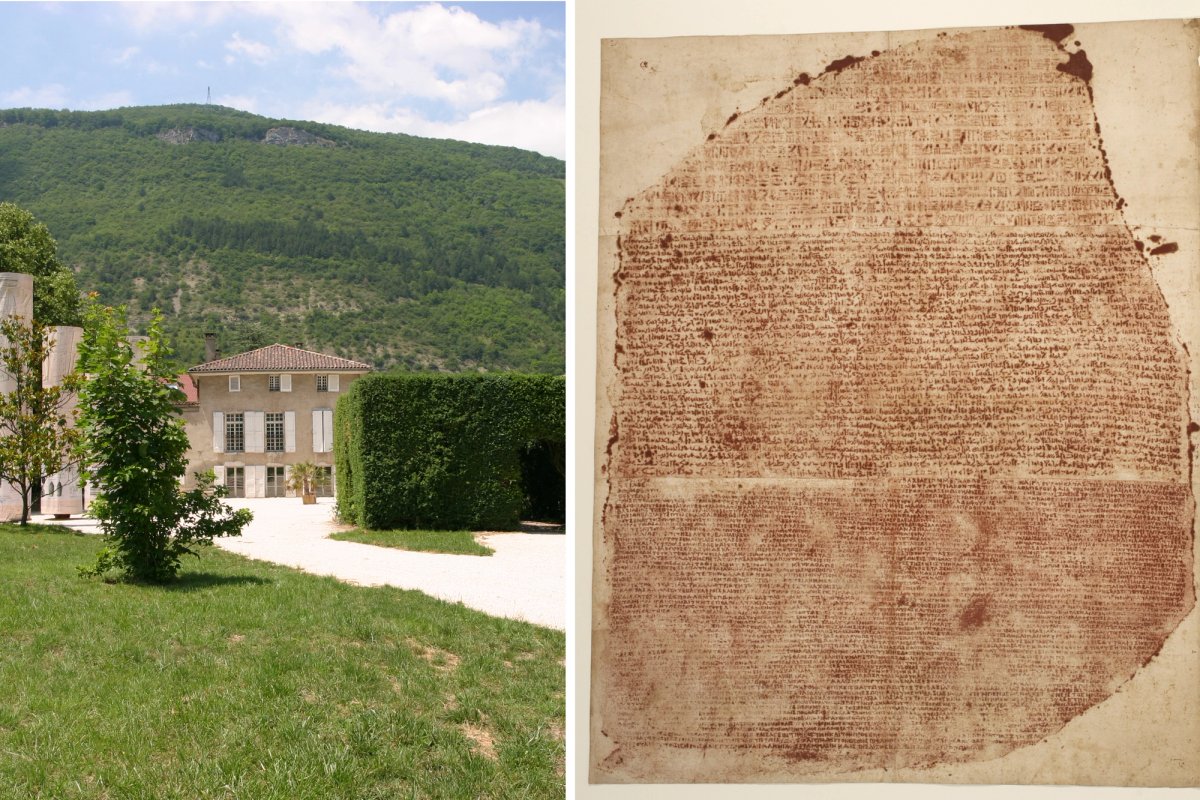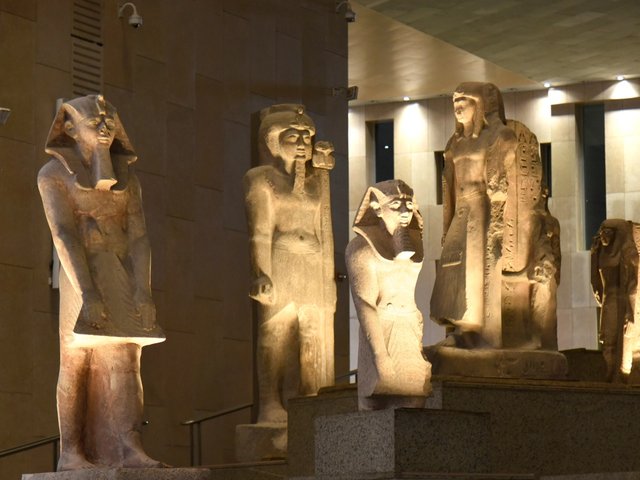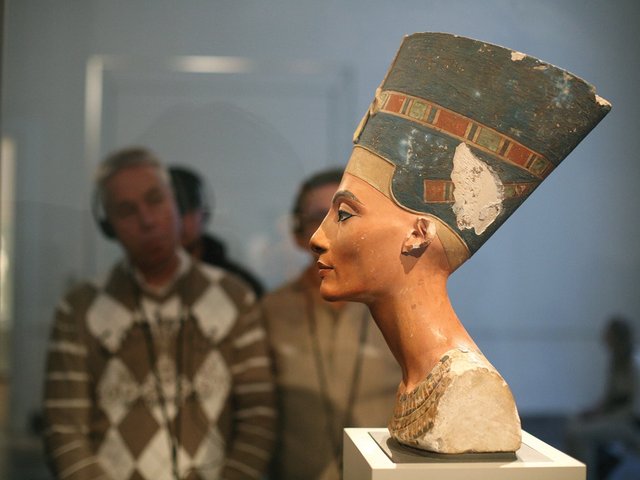The Musée Champollion in Vif, just south of Grenoble, France, opened last month after a five-year renovation project costing €6.7m. The museum is dedicated to the famous Egyptologist Jean-François Champollion, who deciphered the ancient Egyptian hieroglyphics in 1822, and his older brother, the librarian and intellectual Jacques-Joseph Champollion-Figeac.
Originally a house owned by the Champollion family’s descendants, the building was bought by the Department of Isère in 2001, along with personal items belonging to Champollion and his brother; but, except for a brief period in the mid-2000s, it has not previously been open to the public as a museum.
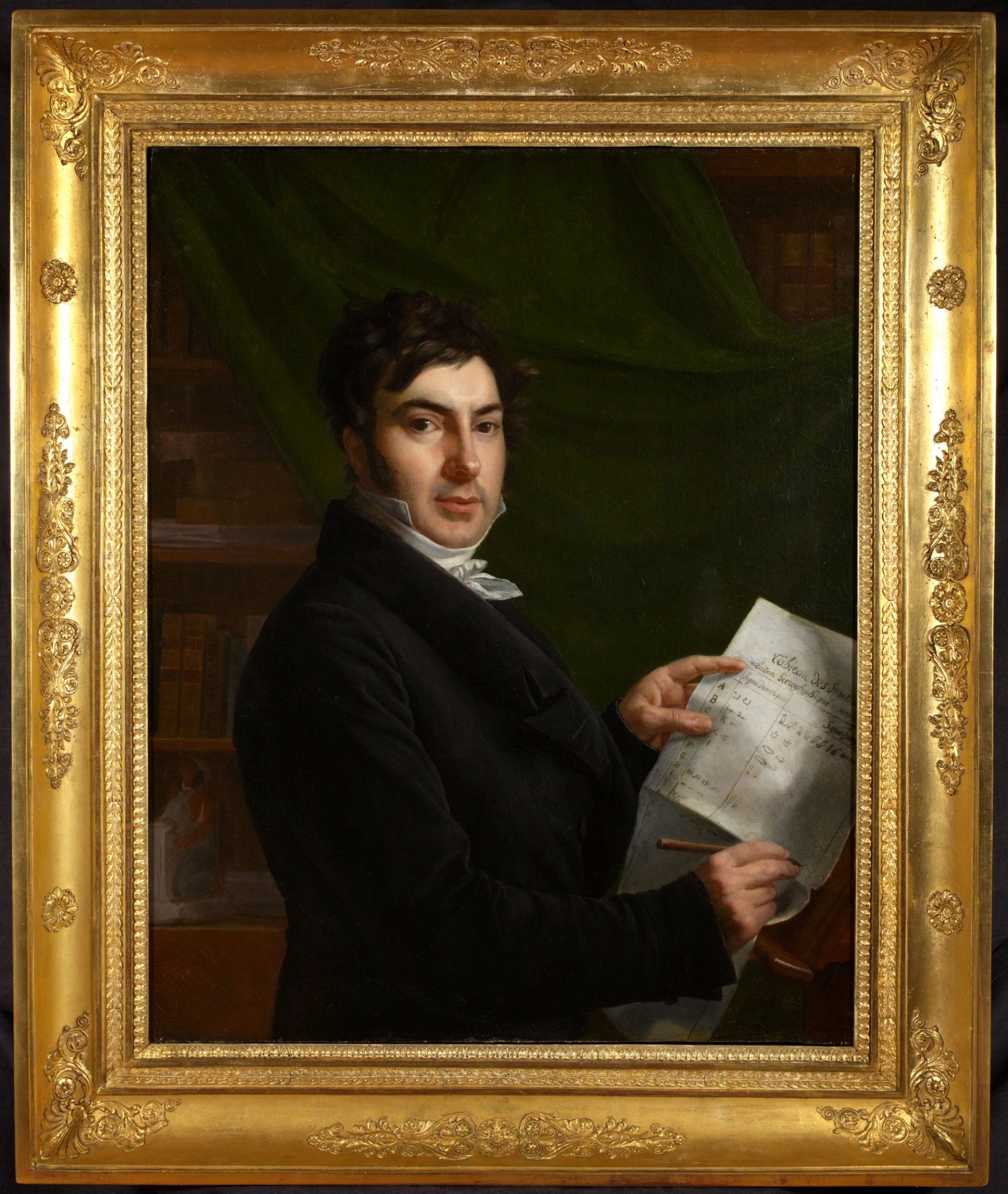
A portrait of Jean-François Champollion, part of the museum's collection © Département de l’Isère / Musée Champollion
“The works and objects held at the house, most of which have never been shown in public, stand as unique testimonies. They offer a real insight into two prominent figures,” says Caroline Dugand, the heritage curator and head of the museum, in a statement. “They embody the brothers’ thirst for research and invite us to share their incredible passion for Egypt.”
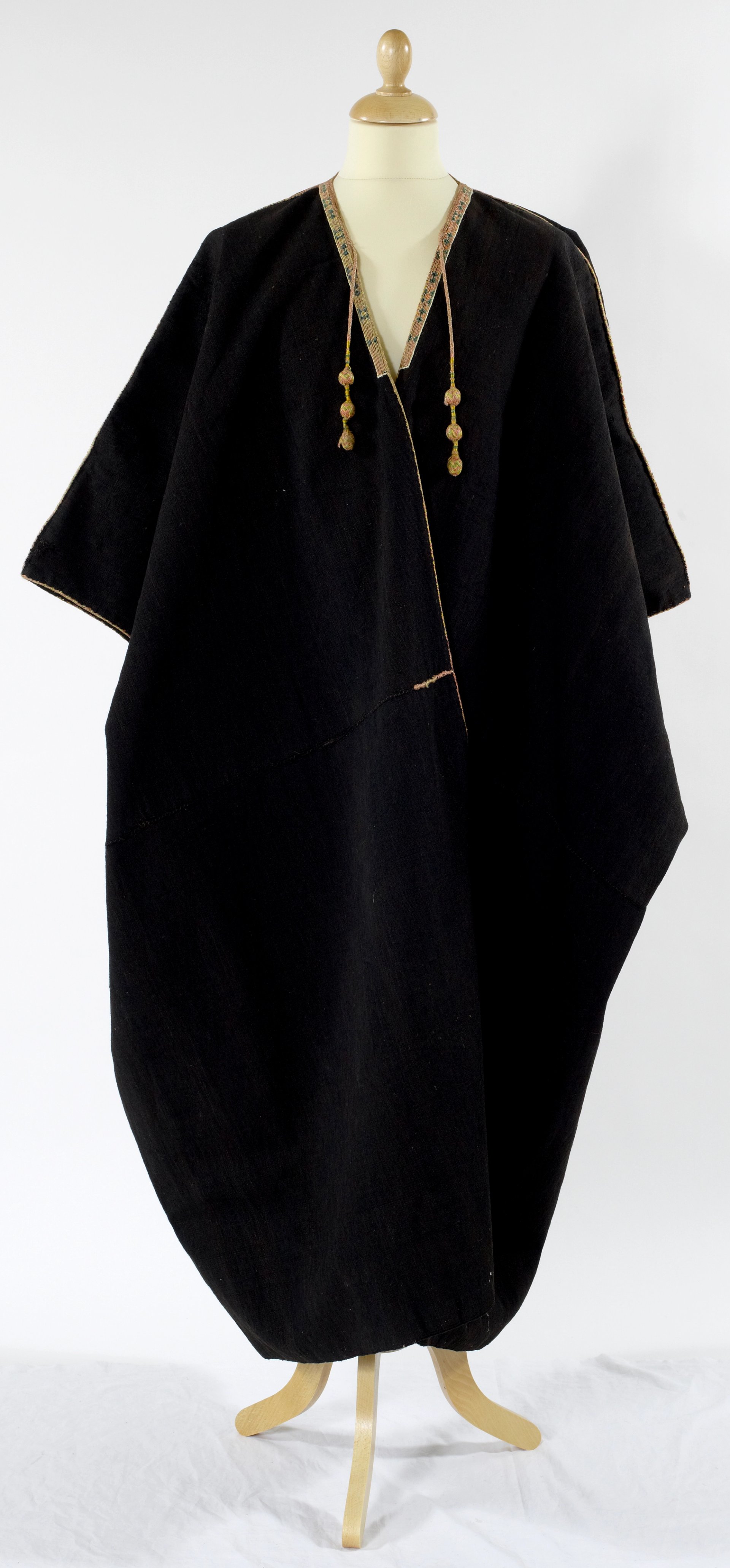
One of the items worn by Jean-François Champollion on his travels to Egypt © Département de l’Isère / Musée Champollion
The permanent exhibition focuses on the two Champollion brothers, their research and careers, and how they contributed to the creation of Egyptology as a discipline. There are more than 200 items from their collection, including prints of the Rosetta Stone bearing Jean-François Champollion’s notes, and clothing worn by him in Egypt in 1828 and 1829.
The museum also acquired a rare painting from 1819 showing Napoleonic era scientists exploring the Temple of Hathor at Dendera, Egypt; while among the more than 150 items loaned from other collections—including 82 Egyptian artefacts from the Louvre—are ancient funerary stelae, divine statuettes, and jewellery.
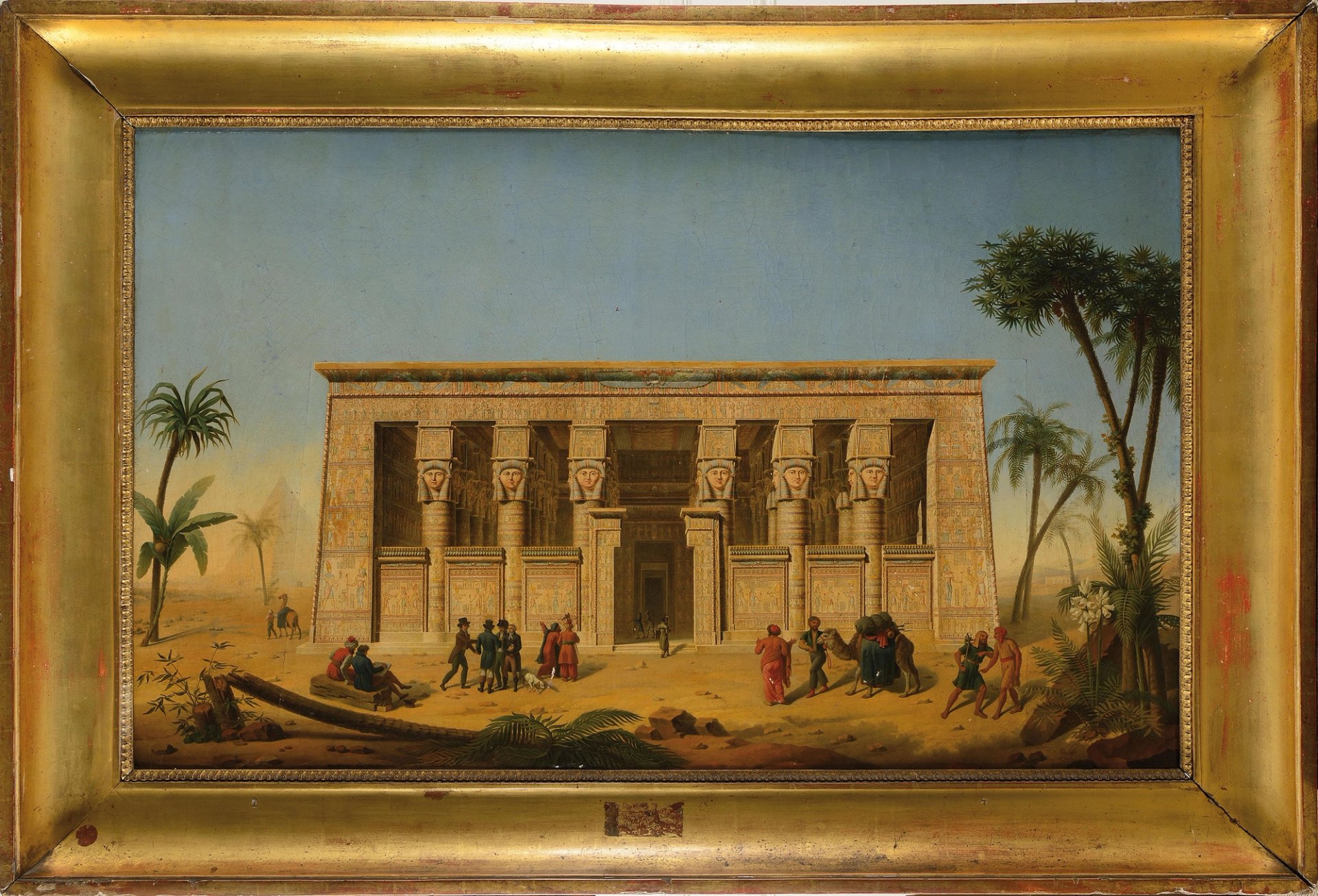
François-Martin Testard's Scientists of the Egyptian campaign at the Dendera temple (1819) © Département de l’Isère / Musée Champollion
Outside the house, the restored grounds take their inspiration from the 19th century, and there is a temporary exhibition space, where the exhibition Restituer l'Égypte Antique: Voyage architectural, de Jean-Claude Golvin á Assassin's Creed is currently on show (until 21 November).
Now listed as a historic monument, the house originally belonged to the family of Zoé Berriat, who married Jacques-Joseph Champollion-Figeac in 1807. Jean-François Champollion worked as a teacher in nearby Grenoble and often visited. He had a room on the second floor, where he studied hieroglyphs, and even carved cartouches—name plaques used by the pharaohs—into a one of the building's beams.


